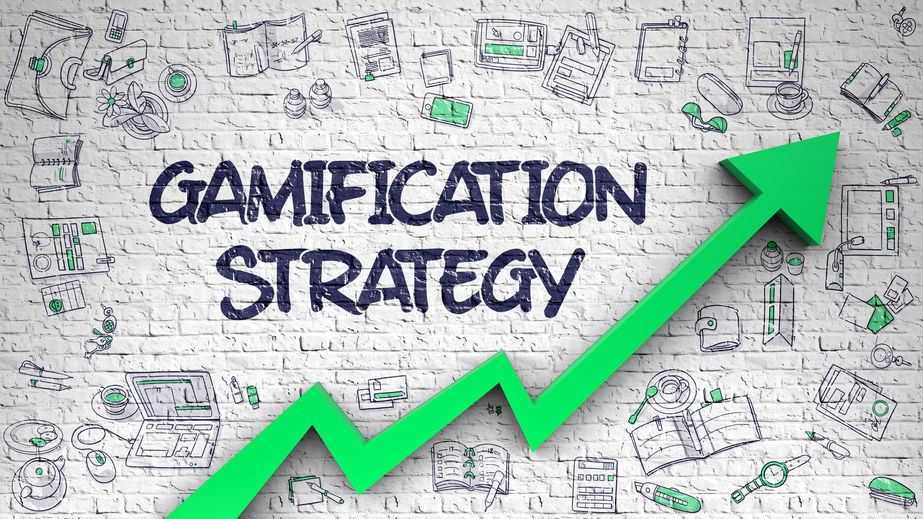When we think of “gamers” we often picture teenagers, headphone-clad in a dim room, palming a controller for hours on end. According to a 2017 study, however, 64% of the general US population consider themselves “gamers.” Video game technology and usage have grown exponentially since its inception in the 1970s. As a result, video game technology has infiltrated sectors far beyond the entertainment industry.
What is “Gamification?”
Gamification is the use of game design, elements and principles in non-game scenarios and is used in a wide variety of ways including education, physical and mental health, employee training and productivity, and, of course, marketing. Game elements are incorporated into non-game experiences including team collaboration, socializing, competition, rewards or entertainment. Gamification utilizes common game structures such as scores, levels, achievements, badges, virtual currency, leader boards and progress bars.
Why and How to Use It
In marketing, our currency is engagement, and the purpose of gamification is to encourage and incentivize engagement. By applying game elements to marketing efforts, marketers can motivate prospects in new ways not only to discover a company but to interact with it as well.
Methods of gamification will resonate differently depending on the industries and target markets in which they are used. To get the maximum benefit, consider the values and driving factors that resound with your prospects and customers to create fun and engaging campaigns. Remember, games are built on achievement, so always determine the goal your prospects seek to accomplish.
Gamification Tactics
Here are some recommended strategies and tactics to assist with gamification initiatives.
- Nourish returning customer relationships through unique rewards, achievements or titles.
- Create a progress bar or level-up journey that unlocks specialized content as clients or prospects make purchases or interact with content.
- Maintain a leaderboard of users who’ve most liked and shared your content through social media or other platforms.
- Encourage prospect and client feedback through gamified surveys or quizzes.
- Create interactive emails that include multiple-choice selections about which content to readers would like to see or what they want to receive next.
- Drive online community engagement by providing specialized titles for users who respond to questions, provide reviews or help update FAQs.
- Gamify employee training and continuing education to maintain a well-informed team of experts.
- Transform key statistics about your company or industry into interactive graphics and charts to encourage prospects to click through and learn more.
- Track goals and metrics in visual or tangible methods to make measurement of growth interactive.
- Create friendly competition between departments or branches to encourage productivity.
- Incentivize a referral program to build a word-of-mouth strategy.
- Produce interactive ads that generate buzz, excitement or entertainment surrounding your brand.
- Gamify product exploration with trivia or quizzes to allow browsing prospects to learn and discover more.
- Encourage employees to become brand advocates by gamifying content sharing, generating leads, building social media followers or aligning profiles with your brand.
- Create social media content with interactive elements to catch readers’ attention and stir interest before learning about a service or product.
A Winning Strategy
There are countless ways to add gamification to your marketing strategy, but not all of them will be relevant to your company and your target market. The key is to develop a deep understanding about what motivates stakeholders to act and engage. This awareness includes your company’s goals, your campaign’s goals and your prospects’ goals. With all three motivations clearly defined, you’ll have the foundation to create a winning gamification strategy.



